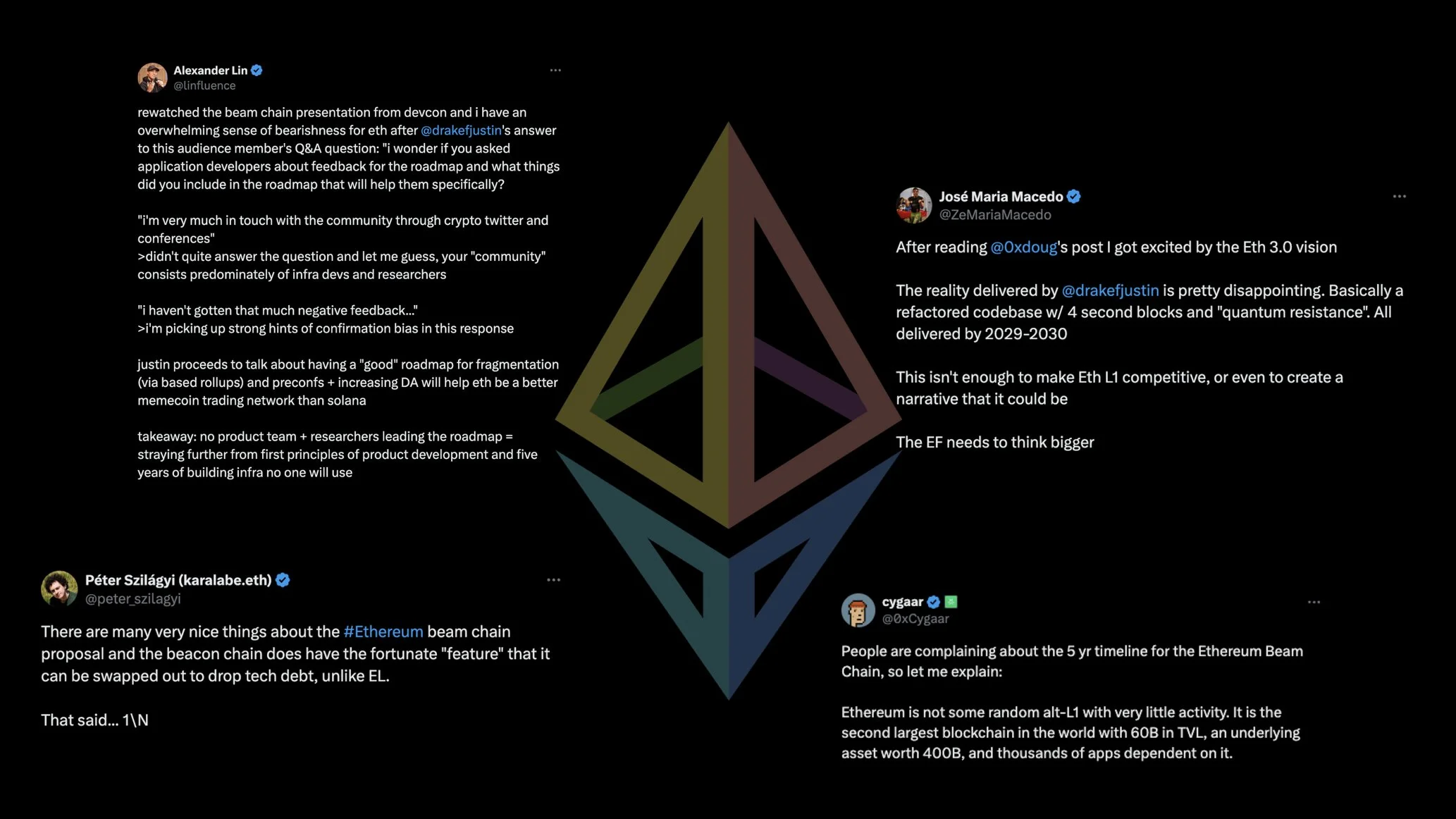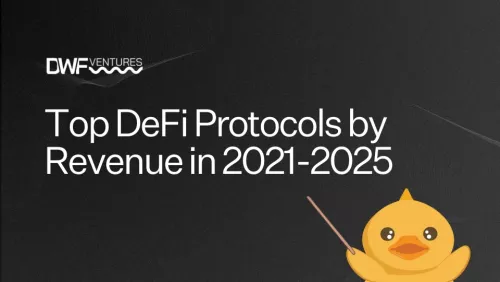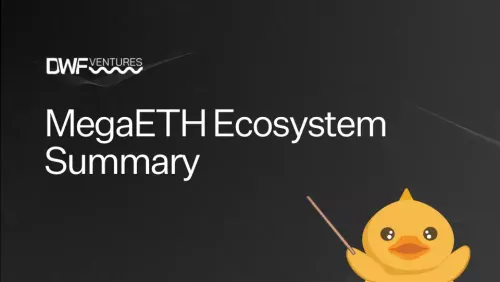The Beam Chain proposal outlines a comprehensive overhaul of Ethereum's consensus layer. This ambitious initiative aims to modernize the network by integrating advancements in cryptography and addressing existing inefficiencies. However, its extensive five-year roadmap has sparked considerable debate among users and developers.
Before jumping to conclusions on whether the Beam Chain is capable of pushing Ethereum forward, we have to ask ourselves: what exactly does this entail for the blockchain, and what are some possible trickle-down effects?
Background
Announced by Justin Drake at Devcon 2024, the proposal revealed a long-term vision for upgrading Ethereum. Contrary to the perception of being a singular, monumental upgrade, the Beam Chain represents the culmination of multiple targeted enhancements, particularly within the consensus layer.
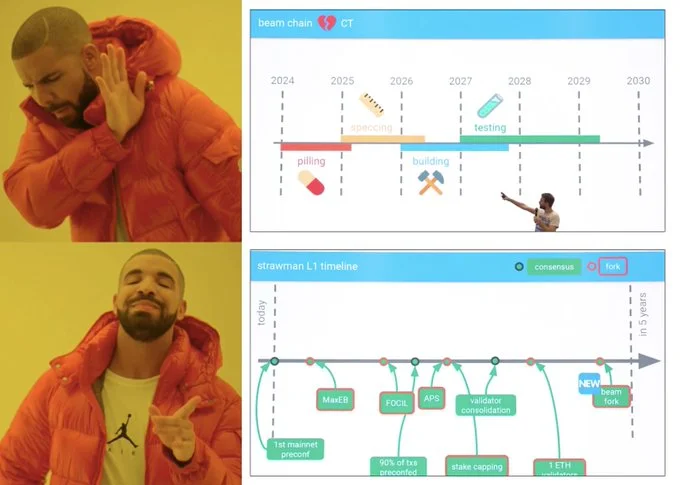
These upgrades are categorised into three primary areas:
- Block Production.
- Staking.
- Cryptography.
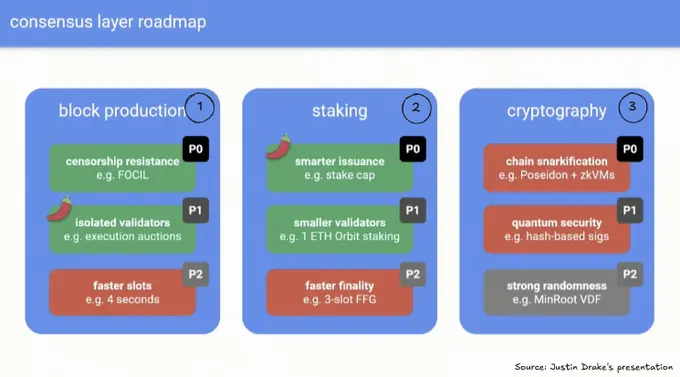
Block Production Enhancements
The proposed changes in block production focus on improving the efficiency and security of how blocks are generated and validated. Key initiatives include:
- Inclusion lists via FOCIL (First-Order Conditional Inclusion Lists). Designed to enhance censorship resistance by ensuring that certain transactions are included in blocks, inclusion lists mitigate the risk of exclusion by block producers.
- Attestor-proposer separation (APS). This mechanism separates the roles of block proposers and attestors to distribute responsibilities more evenly, reducing the potential for centralized control and mitigating risks associated with Maximal Extractable Value (MEV) exploitation.
- Reduced slot times. Shortening the time between block proposals aims to increase transaction throughput and decrease latency, leading to a more responsive network.

Staking Reform and Impact on LSTs
The staking-related proposals aim to promote decentralisation and improve the user experience by implementing the following changes:
- Lowered staking requirements. Reducing the minimum stake from 32 ETH to 1 ETH would democratise network participation, allowing a broader range of users to become validators and thereby enhancing decentralisation.
- Revised ETH issuance curve. Adjusting the issuance rate of ETH aims at aligning incentives more effectively, supporting the network's economic sustainability.
- Single slot finality. Achieving finality within a single slot would significantly reduce the depth of potential chain reorganisations, thereby enhancing security and providing a more predictable user experience.
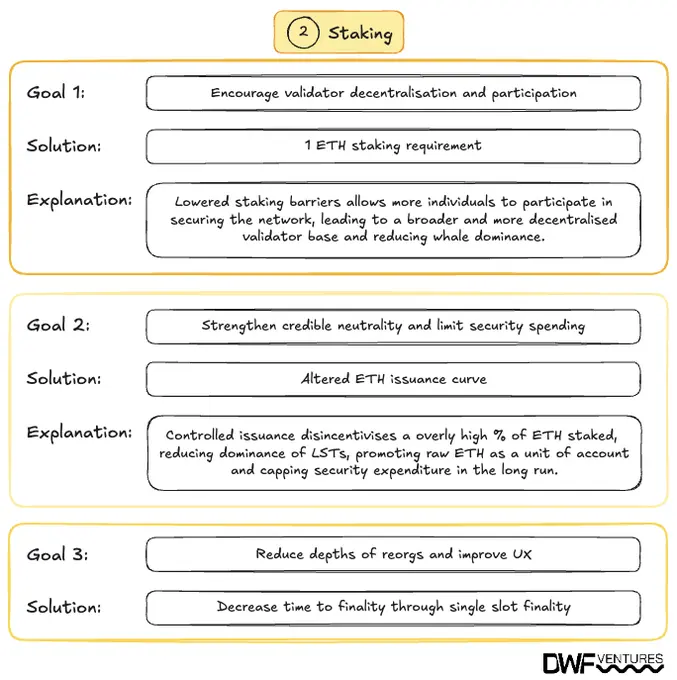
These changes could have significant implications for large staking entities, particularly Liquid Staking Token (LST) protocols, which currently account for over 60% of Ethereum's TVL.

The proposed reduction in staking requirements could lead to a more decentralized staking landscape, potentially diminishing the dominance of large LST providers. With the barrier to solo staking significantly lowered, individual stakers might opt to stake independently rather than through pooled services, impacting the market share and operational models of existing LST protocols.
However, LST platforms offer additional benefits beyond mere access, such as liquidity for staked assets and integration with various DeFi applications. These value-added services may continue to attract users who prioritize flexibility and additional yield opportunities over direct staking.
Altering ETH issuance curve can negatively affect the staking yields, lowering revenue of LSTs. At the same time, it should support ETH’s price performance and contribute to its attractiveness as ‘ultrasound money’.
Cryptographic Advancements
Besides block production and staking, the Beam Chain proposal emphasises the integration of advanced cryptographic techniques, namely:
- Lowering validator hardware requirements. Implementing more efficient cryptographic algorithms would reduce the computational burden on validators, making participation more accessible.
- Enhancing quantum resistance. Incorporating post-quantum cryptographic methods aims to future-proof the network against potential threats posed by quantum computing advancements.
- Stronger randomness. Utilising Verifiable Delay Functions (VDFs) like MinRoot would generate unbiased and unpredictable randomness, which is crucial for secure protocol operations.
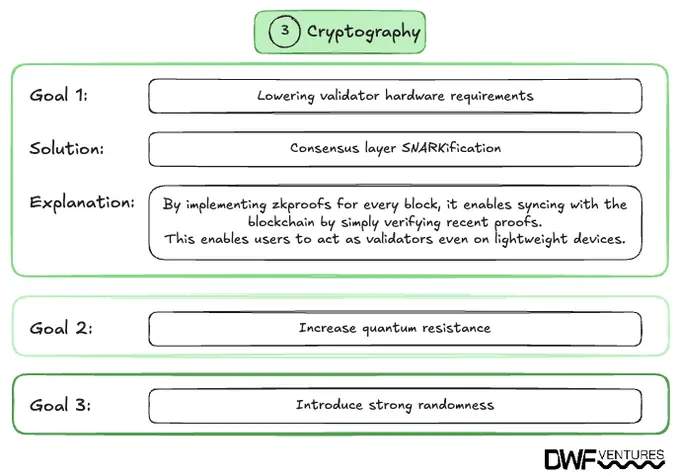
Introduction of SNARK
Additionally, the concept of ‘SNARKification’ involves applying succinct non-interactive arguments of knowledge (zk-SNARK) to enable synchronous, programmable execution sharding. This advancement would allow developers to deploy customisable zero-knowledge virtual machines (zkVMs) with greater ease, potentially narrowing the gap between zk-rollups and optimistic rollup solutions in terms of TVL and adoption.
Execution and Data Layer Considerations
While the Beam Chain proposal primarily targets the consensus layer, it operates together with planned enhancements to Ethereum's execution and data availability (DA) layers. Notably, Drake also mentioned plans to increase gas limits by up to 100 times and develop zk-execution clients that consume minimal resources. On the DA side, initiatives like danksharding aim to exponentially increase the number of data blobs per second, further scaling the network's capacity.
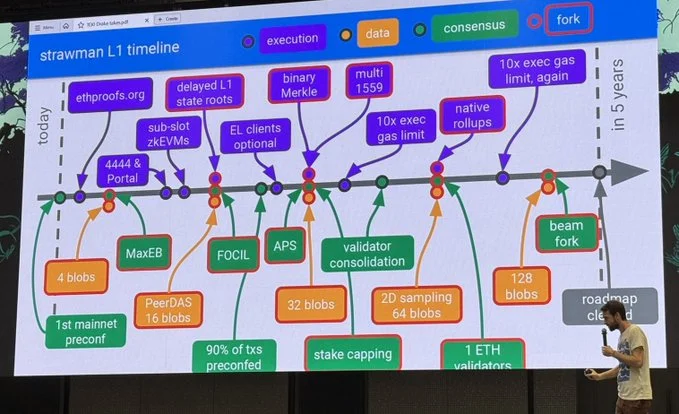
Community Reception and Criticism
The Beam Chain's extensive roadmap has elicited mixed reactions within the Ethereum community. Some stakeholders express concerns that the prolonged timeline could impede Ethereum's competitiveness, especially as rival platforms continue to evolve. Critics argue that the Ethereum Foundation should adopt a more ambitious approach to expedite these critical upgrades.
Conversely, proponents contend that the complexity and scale of the proposed changes necessitate a cautious and deliberate strategy. They emphasise that ensuring the security and stability of a network as substantial as Ethereum requires meticulous planning and thorough testing to prevent potential vulnerabilities.
Overall
The Beam Chain proposal represents a visionary yet contentious plan to advance Ethereum's consensus layer. By addressing areas such as block production, staking, and cryptography, it aspires to enhance the network and return the technical advantage over rivaling blockchain platforms. However, the success of this initiative hinges on achieving community consensus and effectively balancing the innovation with the network integrity.
We are keen on watching developments surrounding Ethereum's development and would love to support teams working in this area. If you are building something interesting, feel free to reach out to DWF Ventures.
